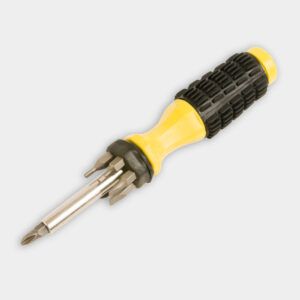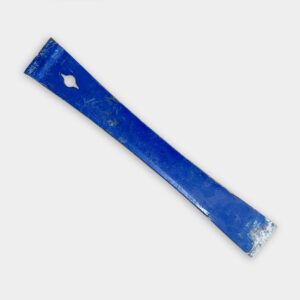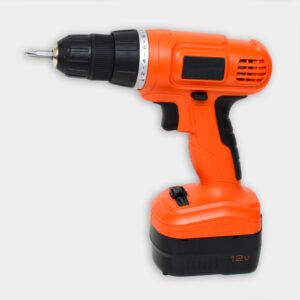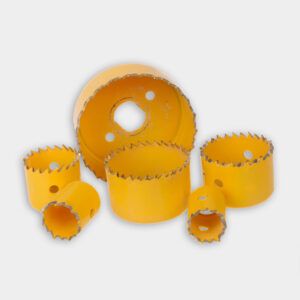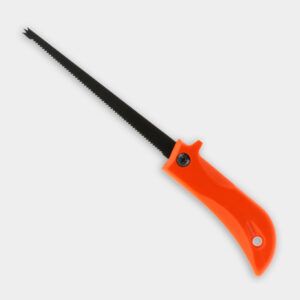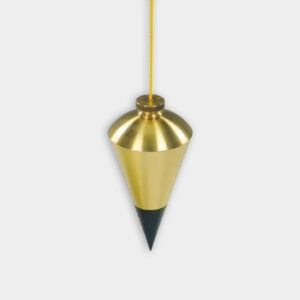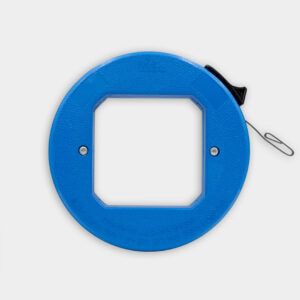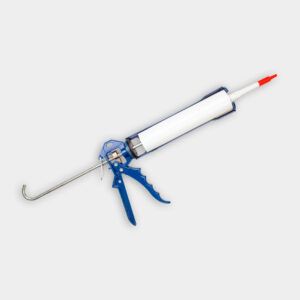We may be compensated if you purchase through links on our website. Our team is committed to delivering honest, objective, and independent reviews on home products and services.
Project details
Skill
Cost
Estimated Time
Installing pendant lights can transform the ambiance of your kitchen, dining room, or any living space. These stylish fixtures not only provide focused illumination but also serve as eye-catching design elements. While the process may seem daunting, with the right tools and guidance, you can successfully install pendant lights in your home. In this article, we walk you through the steps to install pendant lights, drawing inspiration from This Old House host Kevin O’Connor’s demonstration with an expert.
*Unless otherwise noted, costs in this article reflect an average of prices that our team found from hardware stores like Lowes and Home Depot, and on Amazon.com.
Planning Your Pendant Light Installation
Before you begin the installation process, plan your project carefully. This involves selecting the right fixtures, determining their placement, and ensuring you have the necessary tools and materials.
Choosing the Right Pendant Lights
When selecting pendant lights, consider the following factors:
- Style and design that complement your home’s decor
- Size and scale appropriate for the space
- Light output suitable for the intended use
- Energy efficiency and bulb type
The style of your pendant lights should harmonize with your home’s overall aesthetic. Modern homes might benefit from sleek, metal designs, while more traditional spaces could use fixtures with more elaborate details. The size of the pendants also plays a significant role—too large, and they overwhelm, too small, and they fail to make the intended impact.
Determining Placement
The placement of your pendant lights is vital for both functionality and aesthetics. Consider these tips:
- For kitchen islands or peninsulas, space pendants evenly along the length
- Hang pendants 30–36 inches above the surface for optimal task lighting
- Ensure pendants are centered over the area they’ll illuminate
- Use odd numbers of pendants for a balanced look
Thoughtful placement is essential. In a kitchen, for example, you’ll want the pendants to provide enough light for food preparation while also creating an inviting environment for eating. The height and spacing directly impact both the effectiveness of the light and the room’s ambiance.
Gathering Tools and Materials
Before starting the installation, gather these essential tools and materials:
- Screwdriver
- Cordless drill/driver
- Electrical-box hole saw set
- Drywall saw
- Plumb bob
- Fish tape
- Caulk gun
- Wire strippers and connectors
- Voltage tester
- Ladder or step stool
- Pendant light fixtures
- Electrical boxes (pancake boxes for ceiling mounting)
- Electrical wire (14/2 or 12/2 NM cable, depending on circuit amperage)
- Dimmer switch (if desired)
Having all the tools at your fingertips eases the installation process and reduces the chance of interruptions.
Preparing for Pendant Light Installation
Proper preparation is key to a successful pendant light installation. This phase involves turning off the power, removing existing fixtures, and preparing the electrical connections.
Turn Off the Power
Safety should always be your top priority when working with electricity. Follow these steps:
- Locate the circuit breaker that controls the area where you’ll be working.
- Turn off the power to that circuit.
- Use a voltage tester to confirm that the power is off at the switch box and fixture locations.
Always verify that the electricity is off before proceeding—this is a non-negotiable step. A voltage tester is a trusty tool that ensures no residual current remains, keeping you safe as you handle wires and electrical boxes.
Remove Existing Fixtures
If you’re replacing existing light fixtures with pendant lights, you’ll need to remove them first:
- Carefully remove any globes or shades.
- Unscrew the mounting hardware.
- Disconnect the wires, noting their connections.
- Remove the old electrical box if necessary.
Taking note of the existing wiring connections can save you time and confusion later. Photographing the wire layout before connecting the new pendants can also be a helpful reminder.
Prepare the Electrical Connections
In the video above, Kevin O’Connor observes as the expert prepares the electrical connections for the new pendant lights. This process involves:
- Identifying the existing circuits and determining if they can support the new fixtures.
- Running new wiring from the switch location to the pendant light locations.
- Installing a new three-gang switch box to accommodate a dimmer switch for the pendants.
Evaluating your current circuit is crucial since adding pendants increases the load. Ensure your existing setup can handle this additional draw to prevent potential circuit overloads.
Installing Pendant Lights
With the preparation complete, you can now move on to installing your pendant lights. This process involves mounting the electrical boxes, running the wiring, and connecting the fixtures.
Mount Electrical Boxes
For a secure installation, you’ll need to mount electrical boxes in the ceiling:
- Use a plumb bob to transfer the marked locations from your countertop or surface to the ceiling.
- Cut holes for pancake electrical boxes using a hole saw.
- Secure the boxes to ceiling joists with screws.
Properly mounted boxes ensure your pendants hang safely and align perfectly with your intended design. The plumb bob aids in precise placement by offering a direct point reference from the counter to the ceiling.
Run the Wiring
Proper wiring is essential for the safe operation of your pendant lights:
- Run electrical cable from the switch box to the first pendant location.
- Continue running cable from the first box to the second, and so on for additional pendants.
- Leave enough slack in the wires for making connections.
Allow for slack in the wires to reduce tension between connections, which not only eases the installation but also ensures longevity in fixture function and safety.
Connect the Fixtures
Once the wiring is in place, you can connect your pendant lights:
- Strip the ends of the wires.
- Connect white to white (neutral), black to black (hot), and bare copper to bare copper (ground) using wire connectors.
- Carefully tuck the wires into the electrical box.
- Secure the fixture’s mounting plate to the box.
- Attach the canopy and pendant according to the manufacturer’s instructions.
Ensuring that each wire is connected as directed avoids potential short circuits and ensures your fixtures function efficiently and safely.
Lighting Finishing Touches
The final steps in your pendant light installation involve installing the dimmer switch, testing the lights, and making any necessary adjustments.
Install the Dimmer Switch
A dimmer switch allows you to control the brightness of your pendant lights:
- Connect the dimmer switch according to the manufacturer’s instructions.
- Use pigtail wires to connect multiple fixtures to a single switch.
- Secure the switch in the electrical box and attach the cover plate.
Adjusting light levels can dramatically change a room’s atmosphere. A dimmer adds versatility, allowing you to tailor lighting from bright for tasks to soft for relaxation.
Test and Adjust
Before considering the job complete:
- Turn the power back on at the circuit breaker.
- Test the dimmer switch and each pendant light.
- Adjust the height of the pendants if necessary for optimal lighting and aesthetics.
Testing ensures everything is in working order and that no unexpected issues arise.
Our Conclusion
Installing pendant lights is a rewarding DIY project that can significantly enhance your home’s lighting and decor. With careful planning, the right tools, and attention to safety, you can successfully add these stylish fixtures to your space. Remember to consult a licensed electrician if you’re unsure about any aspect of the installation process. Whether enhancing a kitchen, living room, or hall, pendant lights bring both practicality and beauty to your home’s interior.
